Free Tartan Textures – Show Your Clan Propriety
Have you noticed general obsession with tartans? We see tartan patterns almost everywhere. Fashion designers use them in creating cloths, costumers dress their movie heroes in tartans, to emphasize their manliness and bravery in historical battle scenes, web designers apply tartan patterns and textures in their layouts to make them more stylish and trendy.
It doesn’t matter whether you are a man or a woman; we bet that there is at least one tartan garment in your wardrobe, be it a skirt or a scarf. Would you like to get to the bottom of this overall tartan craze? Just read on and we will tell you much more about tartans. Hoping, some facts will surprise you.
What is actually a tartan?
Tartan is a pattern consisting of the crossed horizontal and vertical bands of multiple colors. Tartans historically originated in woven wool, but today they are made in many other materials. Tartan is strongly associated with Scotland. And there is a good reason for that. Scottish kilts almost always have tartan patterns. In America tartan is often called a plaid. However, in Scotland, a plaid is simply a tartan cloth slung over the shoulder as a kilt accessory or an ordinary blanket that covers a bed.
How is it made?
Tartan is made with alternating bands of colored threads woven as both warp and weft at right angles to each other. The weft is woven in simple twill, two over – two under the warp, advancing one thread each pass. These diagonal lines with different colors crossed create an optical illusion of new colors blended from the original ones. Color blocks repeat vertically and horizontally in a distinctive pattern of squares and lines which is known as a sett.
A little bit of history
The Dress Act of 1746 banned the tartan and other aspects of Gaelic culture in order to take government control over the warrior clans. The law was repealed in 1782. Henceforth, tartans ceased to be ordinary Highland dress, but were adopted instead as the symbolic national dress of Scotland.
Until the middle of the nineteenth century, the highland tartans were only associated with regions and districts, rather than any specific clan. Why? The explanation is simple. Tartan designs, like other materials were produced by local weavers for local consumers. Only natural dyes available in that area were used, as chemical dye production didn’t exist and transportation of other dye materials across the long distances was extremely expensive.
As to the patterns – there were nothing secret in them either. They were simply different regional checked-cloth patterns, chosen by the wearer's preference. Just the same as we do nowadays – pick out the colors and patterns we like for our clothing, without particular reference to propriety. The situation stayed stable until the mid-nineteenth century. Many patterns were created and artificially associated with Scottish clans, families, or institutions who wished to be associated in some way with a Scottish heritage.
What tartans are most popular today?
It is publicly recognized that the most popular tartans today are the Black Watch (also known as Old Campbell, Grant Hunting, Universal, Government) and Royal Stewart. It should be mentioned, as well, that now tartan is no longer limited to textiles but is used on non-woven mediums (surfaces), such as paper, plastics, packaging, wall coverings and others.
Terminology
The English word ‘tartan’ derived from the French ‘tiretain’. This French word in its turn has probably derived from the verb ‘tirer’ in reference to woven cloth. A curious fact: today tartan usually refers to colored patterns, though originally a tartan did not have to be made up of any pattern at all. For instance, in 1830s tartan was sometimes described as "plain colored ... without pattern". Patterned cloth, from the Gaelic-speaking Scottish Highlanders, was called breacan, meaning many colors. As time passed by, the meanings of tartan and breacan were combined to describe certain type of pattern on a certain type of cloth. The pattern of a tartan is called a sett (a series of woven threads which cross at right angles).
As we have already said above, today tartan is generally used to describe the pattern not limited to textiles. The word plaid (commonly used to describe tartan in America) derived from the Scottish Gaelic plaide, meaning "blanket". It was first used of any rectangular garment, sometimes made up of tartan, particularly the one preceding the modern kilt. Sometimes, plaid was used to describe blankets themselves.
Tartan creation
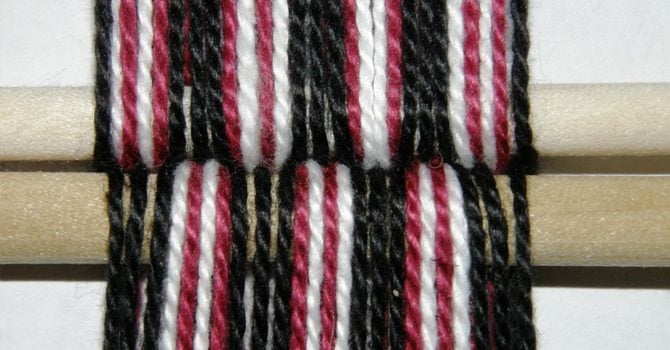
Each thread in the warp crosses each thread in the weft at right angles. Where a thread in the warp crosses a thread of the same color in the weft they produce a solid color on the tartan, while a thread crossing another of a different color produces an equal mixture of the two colors. Thus, a sett of two base colors produces three different colors including one mixture. The total number of colors, together with mixtures, increases quadratically with the number of base colors. So, a sett of six base colors produces fifteen mixtures and a total of twenty-one different colors. This means that the more stripes and colors used, the more blurred and subdued the tartan's pattern becomes.
Don’t you feel a slight dizziness because of the overwhelming information? If everything is OK, let’s continue our story.
The sequence of threads (the sett) starts at an edge and either repeats or reverses on the pivot points. Tartans can be "symmetrical" and "asymmetrical". On an "asymmetrical" tartan, the sett does not reverse at the pivots, it just repeats at the pivots. Rare tartans do not have exactly the same sett for the warp and weft. This means the warp and weft will have alternate thread counts.
Tartan is recorded by counting the threads of each color that appear in the sett. The thread count describes the width of the stripes on a sett as well as the colors used. The first and last threads of the thread count are the pivot points. Though thread counts are quite specific, they can be modified under certain circumstances. It depends on the desired size of the tartan.
We guess our readers, being related to web design are much more interested in tartan colors than its construction. This will be the next point of our entry.
Tartan colors, their shades and meaning
The shades of color can be altered to produce variations of the same tartan. The resulting variations can be termed as follows: modern, ancient, and muted. These terms refer to color only. Modern represents a tartan that is colored using chemical dye. Natural dyes began to be replaced by chemical ones in the mid-19th century. Chemical dyes were easier to use and more economic for the booming tartan industry. What’s more, chemical dyes tended to produce a very strong, dark color compared to the natural dyes. In modern colors, setts made up of blue, black and green tend to be obscured. Ancient refers to a lighter shade of tartan. These shades are meant to represent the colors faded over time. Muted refers to tartan which is shade between modern and ancient. This type of tartan is very modern, dating only from the early 1970s. This shade is said to be the closest match to the shades attained by natural dyes used before the mid-19th century.
Contemporary people have vivid imagination and strong inclination to complicate everything. So, it’s not surprising that the idea that various colors used in tartan have a specific meaning is a modern one. There is a bloody myth that red tartans were designed specifically for battles in order not to show blood. Many of recently created tartans, such as Canadian provincial and territorial tartans and American state tartans, are designed with certain symbolic meaning for the colors used. Here are a few examples for you: the color green sometimes symbolizes prairies or forests, blue can symbolize lakes and rivers, and the color yellow is sometimes used to symbolize various crops.
Clans and tartans
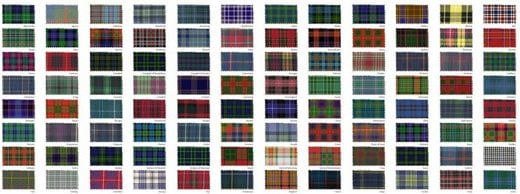
Today tartan and "clan tartan" is an important part of a Scottish clan. Almost all Scottish clans have several tartans attributed to their name. Several clans have "official" tartans. By the way, it is possible for anyone to create a tartan and name it any name they wish, but the only person with the authority to make a clan's tartan "official" is the chief. In some cases, following such recognition from the clan chief, the clan tartan is recorded and registered by the Lord Lyon King of Arms. Once approved by the Lord Lyon, after recommendation by the Advisory Committee on Tartan, the clan tartan is then recorded in the Lyon Court Books. In at least one instance a clan tartan appears in the heraldry of a clan chief and is considered by the Lord Lyon as the "proper" tartan of the clan.
If your mind is still not boiling, we continue our research.
Other tartans
You might have noticed that there are many tartans created especially for individuals, families, districts, institutions, and corporations. There are even specific commemorative tartans for various events and certain ethnic groups. Tartan has had a long military history and today many military units (particularly those within the Commonwealth) have tartan dress uniforms.
There are many regional tartans, officially recognized by government bodies. In Canada, most provinces and territories have an official tartan. Canada, itself, has an official national tartan that was originally designed to commemorate the introduction of its new maple leaf flag, and was made an official national emblem in 2011. Several Canadian counties and municipalities also have official tartans. Many of the states of the United States of America also have official tartans. In Scotland at least two local government councils have official tartans.
Tartan is sometimes differentiated from another with the same name by the label dress or hunting. Dress tartans are based on the earasaid tartans worn by Highland women in the 17th and 18th centuries. Dress tartans tend to be made by replacing a prominent color with the color white. They are commonly used today in Highland dancing. Hunting tartans are also a Victorian conception. These tartans tend to be made up of subdued colors, such as dark blues and greens. Despite the name, hunting tartans have very little to do with actual hunting. Mourning tartans, though quite rare, are associated with death and funerals. They are usually designed using combinations of black and white.

Smart Victorian entrepreneurs not only created new tartans, but new tartan objects called tartanware. Tartan was incorporated in an assortment of common household objects such as snuffboxes, jewelry cases, tableware, sewing accessories, and desk items. Tourists visiting the Scottish Highlands took them home, and Scottish-based businesses sent tartanware out as gifts to customers. Some of the more popular tartans were the Stewart, McDonald, McGregor, McDuff, MacBeth and Prince Charlie. Today tartanware is widely collected in England and Scotland.
Tartan and fashion
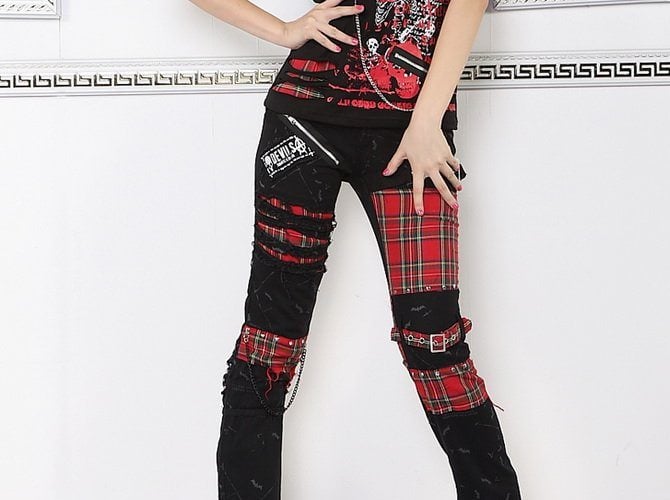
In fact, tartan has made reappearances in the world of fashion several times. For instance, tartan made a resurgence in its use in punk fashion.
The unorthodox use of tartan, which had long been associated with authority and gentility, was then seen as the expression of discontent against modern society. In this way tartan, worn unconventionally, became an anti-establishment symbol.
The numbers
[related_posts]There are about 3,500 to 7,000 different tartans, with around 150 new designs being created every year. With four ways of presenting the hues in the tartan—"modern", "ancient", "weathered" and "muted" colors — there are thus about 14,000 recognized tartan variations to choose from.
Up until recently there had been no central, official tartan registry. In the absence of an official register, several independent organizations located in Scotland, Canada and the US documented and recorded tartan. In the 1960s, a Scottish society called the Scottish Tartans Society (now defunct) was created to record and preserve all known tartan designs. The society's register, the Register of All Publicly Known Tartans (RAPKT), contains about 2,700 different designs of tartan. The society, however, ran into financial troubles in about the year 2000, and folded.
Former members of the society then formed two new Scottish-based organizations — the Scottish Tartans Authority (STA) and the Scottish Tartans World Register (STWR). Both of these societies initially based their databases on the RAPKT. The STA's database, the International Tartan Index (ITI) consists of about 3,500 different tartans (with over 7,000, counting variants), as of 2004. The STWR's self-titled Scottish Tartans World Register database is made up of about 3,000 different designs as of 2004. Both organizations are registered Scottish charities and record new tartans (free in the case of STS and for a fee in the case of STWR) on request. The STA's ITI is larger because it has absorbed the entries recorded in the TartanArt database formerly maintained by the merged International Association of Tartan Studies and Tartan Educational and Cultural Association (IATS/TECA), based in the United States, and with whom the STA is directly affiliated.
The Scottish Register of Tartans (SRT) is Scotland's official tartan register. The SRT is maintained and administrated by the National Archives of Scotland (NAS), a statutory body based in Edinburgh. The aim of the Register is to provide a definitive and accessible resource to promote and preserve tartan. It also aims to be the definitive source for the registration of new tartans (that pass NAS criteria for inclusion). The register itself is made up of the existing registers of the STA and the STWR as they were at the time of the SRT's launch, and new registrations from 5 February 2009 onward. On the Register's website users can register new tartans (for a fee), search for and request the threadcounts of existing tartans and receive notifications of newly registered tartans. The SRT and NAS's management is critisized for its exclusivity, in both cost and criteria. This means that it cannot actually achieve its goals of definiteness, preservation and open access. The current version of the STA's ITI, for example, already contains a large number of tartans that do not appear in the SRT, and the gulf will only widen under current policy.
The 'right' to tartan

Traditional examples of such are the Black Watch (also known as Government, Universal, and Campbell), Caledonian, Hunting Stewart, and Jacobite tartans. There also exhists an opinion that some tartan attributed to the British Royal Family are claimed to be 'off limits' to non-royals. Nevertheless, we can officially state that there are no rules on who can, or cannot, wear a particular tartan. Please note that some modern tartans are protected by trade mark law, and the trade mark proprietor can, in certain circumstances, prevent others from selling that tartan. An example of one such tartan is the Burberry Check.
Many books on Scottish clans list such rules and guidelines. One of the multiple opinions is that people not bearing a clan surname, or surname claimed as a sept of a clan, should not wear the tartan of their mother's clan. Some clan societies even claim that certain tartans are the personal property of a chief or chieftain, and in some cases they allow their clansfolk 'permission' to wear a tartan. Though, businessmen selling tartans, stick to more liberal attitude, insisting that anyone may wear any tartan they like. All these rules can be considered as customs and conventions as there are no laws on who can or cannot wear a certain tartan.
All these limitations and restrictions may seem rather confusing and if you get lost the narrative thread, don’t feel distressed as we are approaching to the most essential point of our blog post.
Below you will find lots of free tartan textures and patterns that will impart your designs the feel you wish, as according to everything said above, tartans are absolutely universal. Just play with their hues to convey the spirit of royalty, luxury, liberty or bellicosity. Click the numbers under the image and download single tartan textures or the whole sets. We wish you to hook the elusive muse of inspiration browsing our aristocratic collection of free tartan textures.
* * *
1, 2, 3, 4, 5, 6, 7, 8, 9, 10, 11, 12, 13, 14, 15, 16, 17, 18, 19, 20.
* * *
Speak up! As you know we are always happy to hear from our readers. Please, don’t keep silence and tell us about your experiments with trendy tartan textures. Do you like them at all? Leave us a kind feedback on the textures and patterns picked out specifically for your web design needs. Are you going to use them in your projects? Did you know anything new about tartans from our blog post? We hope some facts were interesting for you. And actually, I'm interested to know YOUR opinion, on what feel it is possible to convey with tartan textures. If you have the examples of your own works, please share them in the comments below.
Get more to your email
Subscribe to our newsletter and access exclusive content and offers available only to MonsterPost subscribers.

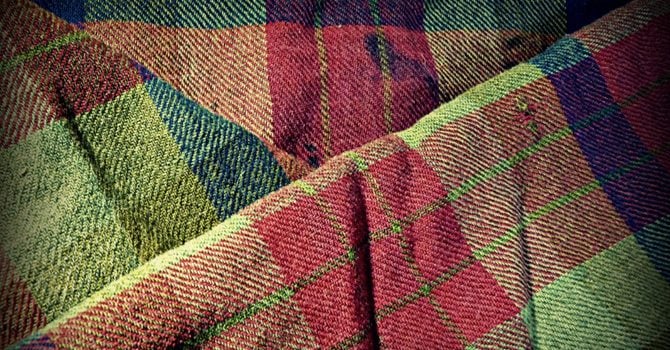
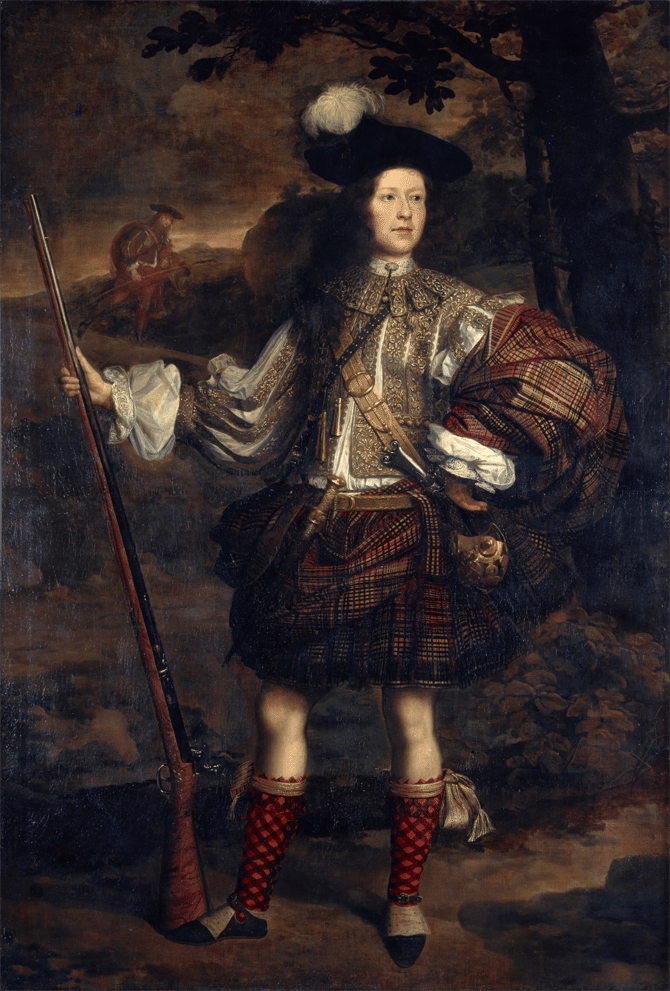

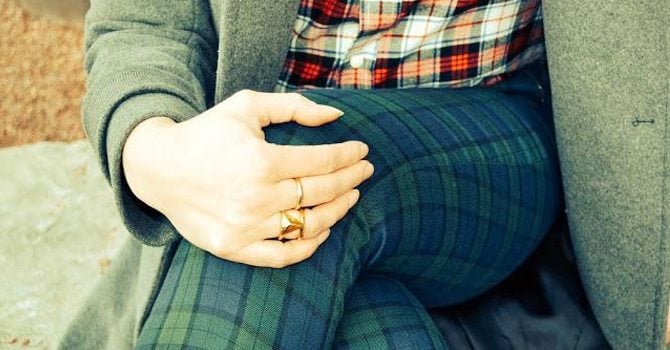

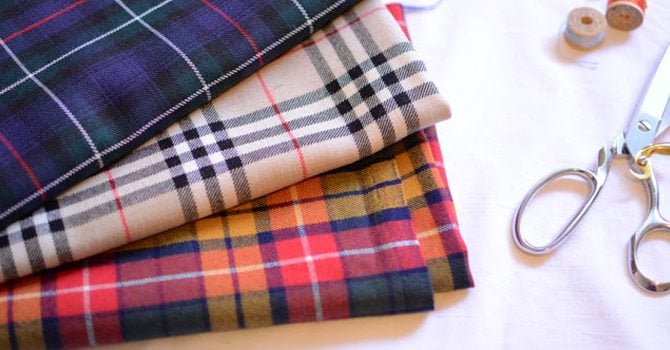

Leave a Reply
You must be logged in to post a comment.